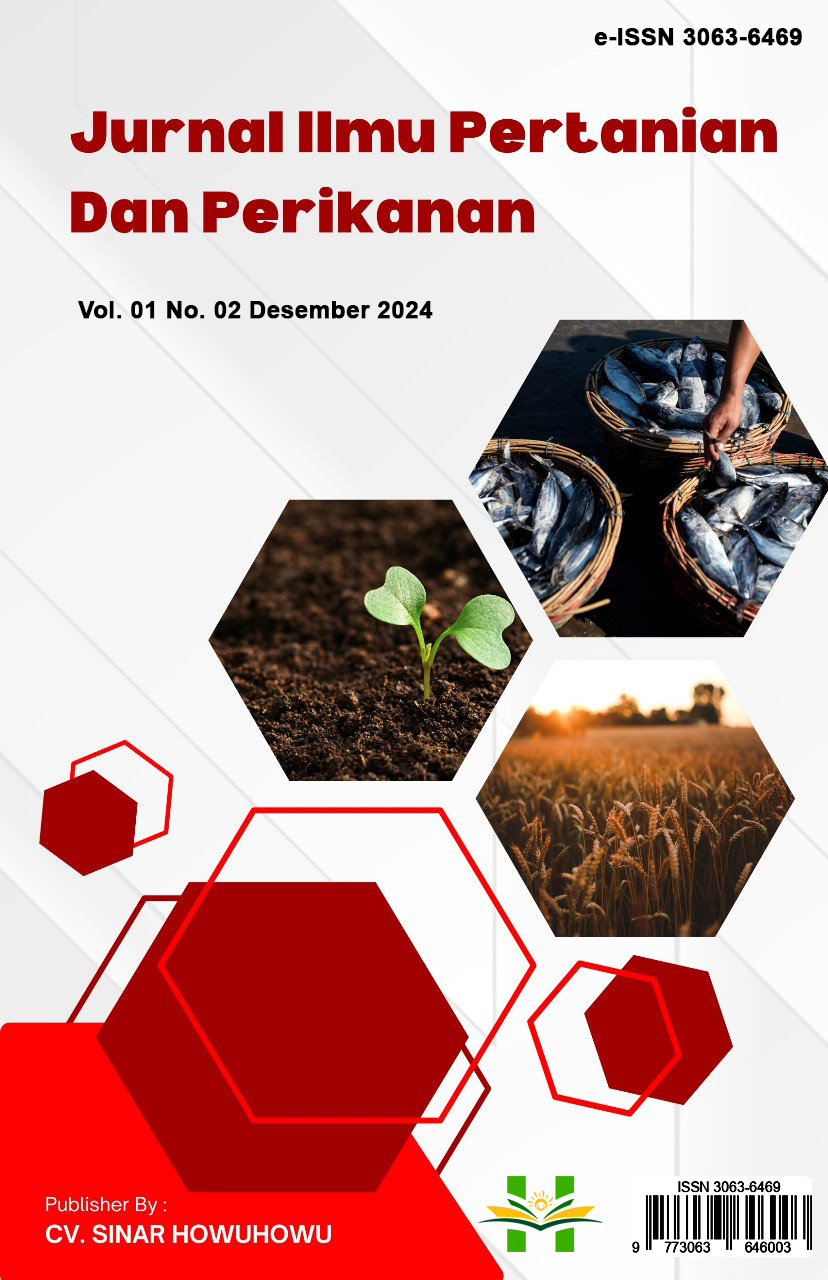Manfaat Sistem Tumpang Sari Cabe Rawit Dengan Jagung Manis
DOI:
https://doi.org/10.70134/penarik.v1i2.256Keywords:
Intercropping, chili peppers, sweet corn, land-use efficiency, economic benefitsAbstract
The intercropping system is an agricultural technique that can enhance land-use efficiency and crop yields. This study aims to analyze the benefits of intercropping chili peppers (Capsicum frutescens) with sweet corn (Zea mays saccharata) in Nias. The research was conducted through a field experiment using a randomized block design (RBD), comparing intercropping with a monoculture system. Observed parameters included plant growth, yield, land equivalent ratio (LER), pest infestation, and economic benefits. The results showed that the intercropping system had an LER of 1.48, indicating higher efficiency than monoculture. The average height of chili plants in the intercropping system reached 55.2 cm, while the yield was 6.3 kg/m², slightly lower than in monoculture (7.5 kg/m²). However, total income from the intercropping system was higher, reaching IDR 20,200,000/ha, compared to chili monoculture (IDR 15,000,000/ha) and sweet corn monoculture (IDR 8,400,000/ha). Additionally, intercropping reduced pest infestations on chili plants compared to monoculture. Therefore, intercropping chili peppers and sweet corn is recommended as a more productive, sustainable, and economically beneficial farming alternative for farmers in Nias.
Downloads
Downloads
Published
Issue
Section
License
Copyright (c) 2024 Arif Indra Jaya Gea, Destini Friska Bestari Waruwu, Aldin Supirman Waruwu, Areani Zebua, Ayu Indah Purnama Mendrofa, Agustinus Tafona’o, Kasih Iman Gulo, Todermanto Lawolo (Author)

This work is licensed under a Creative Commons Attribution-ShareAlike 4.0 International License.













